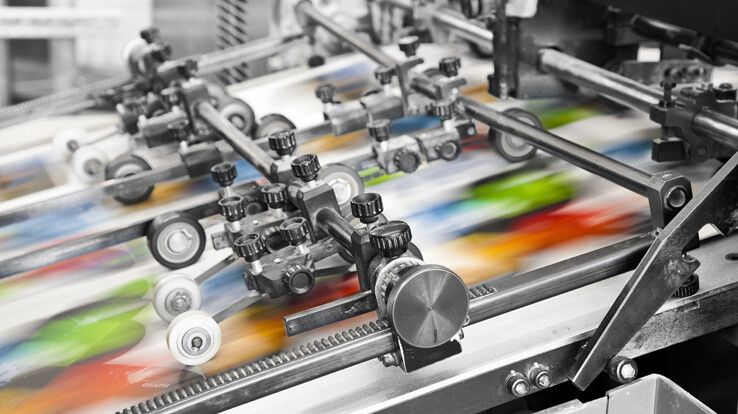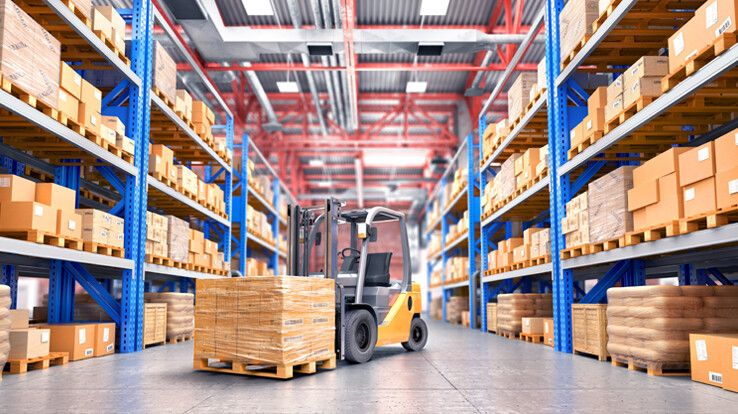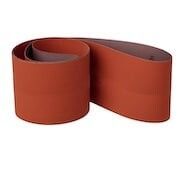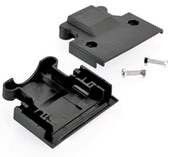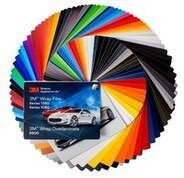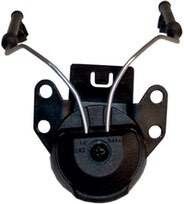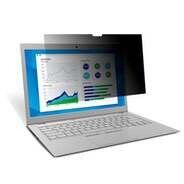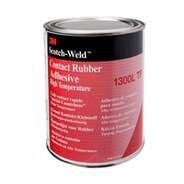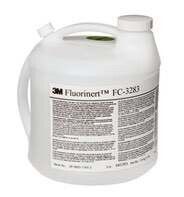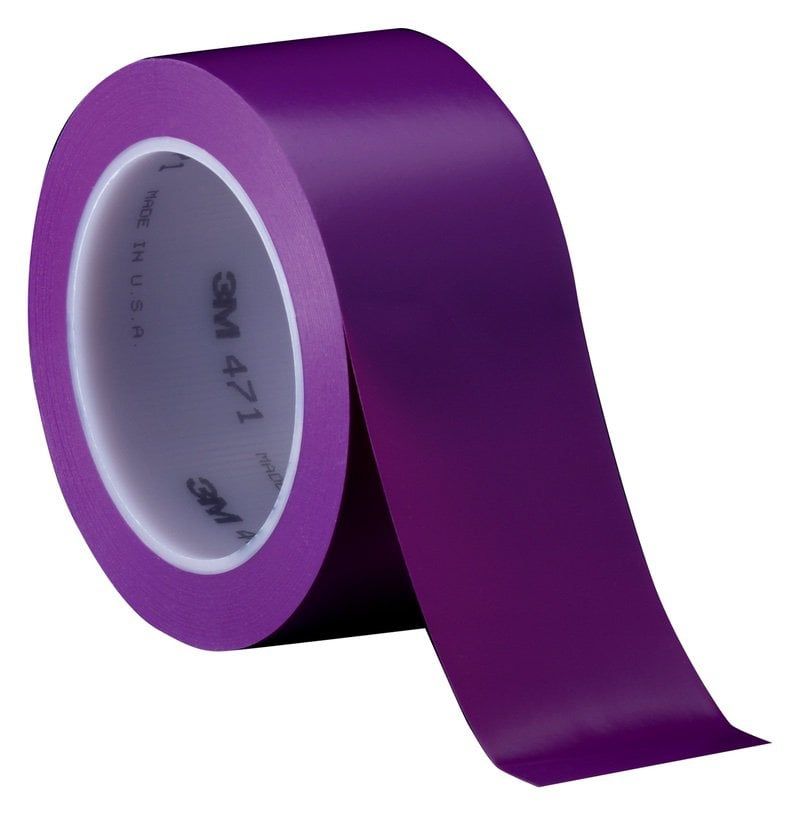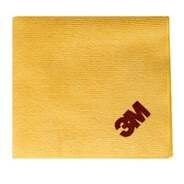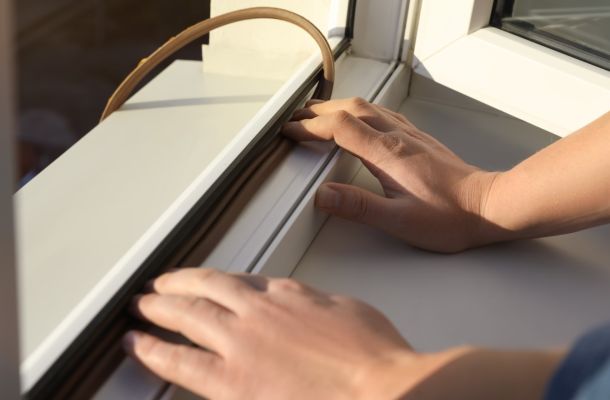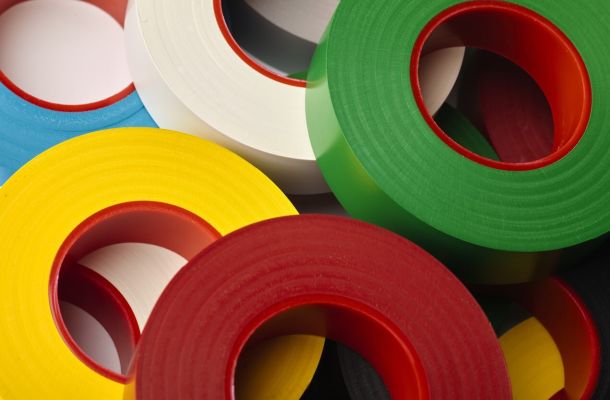Heat reflective films on windows


One third of the cooling load in summer is caused by heat flowing through windows. Although the external unit of the air conditioning apparatus can be found on more and more buildings, the air conditioning apparatus installed inside is not a solution for everyone. In some cases, it is difficult to install due to the layout of the apartment, while others rather prefer natural shading. Anyhow, there is an efficient way to prevent the apartment from becoming a sauna in the summer heat waves without the need to drill walls and place wires.
Heat reflective films on windows
As its name suggests, we are talking about self-adhesive heat reflective window films that block sunlight and prevent the accumulation of heat caused by that. The heat reflective window film blocks 45-86% of the heat of sunlight before it enters the apartment.
It is all the Sun’s and the glass surfaces’ fault. Glass admits the light’s range of 280 – 2500 nanometer coming from the Sun due to its structure. This means part of the UV-radiation (UVA and UVB), the whole range of visible light and a proportion of infrared-radiation.
Any type of film for vehicles with a simple color can block the range of visible light and it even provides energy protection, but their filtering in the range of infrared light is very low, around 12%. Why is this fact a problem? Infrared radiation penetrates the skin layer deeper than visible skin, therefore it stimulates receptors more, thus it causes a significantly more intensive heating comfort. So, it can be a good solution to reduce the heating comfort coming from the Sun to a minimum by powerfully filtering infrared radiation. For this reason, we call heat reflective films those products that filter also in the range of infrared.
Heat reflective films on windows contain a group of products that can be classified according to various production processes. The first level of heat reflective window films means colored films with an aluminum metallized structure, which is followed by fully metallized products, less reflecting nickel-chromium films, ceramic heat reflective window films based on titanium-nitrate – these have an excellent heat protection and their infrared filtering is around 80-60%. Finally, there are so-called infrared absorber films as well. The technology was developed in Japan and it is based on a special particle that can absorb infrared radiation.
3M’s product range even offers a heat reflective window film that is of premium quality and is prepared with several layers and by metal-free nanotechnology.
A transparent or colored heat reflective film can be a smart decision because it cools in summer and warms in winter, so it can hold heat inside during the cold period. There is no need to be afraid heat reflective window films will make the apartment darker because they admit sun and they only withstand heat.
The range of heat reflective window films currently available in Hungary is quite wide: we can choose types that provide 40-60-80% of protection against the heat.

Areas of use of heat reflective films
Needless to say, that the primary area of use of this product includes glass surfaces of houses and apartments, so we have to think of windows first. Blinding light is not only a health risk for those being inside, but it can also damage and fade furniture and equipment. The sunlight breaking into the living space can be well controlled with an appropriate film.
In case of window insulating films, it is possible to choose an outdoor type, in which case the film is applied onto the outside of the window, but this is not an optimal solution: outdoor window films have a shorter lifespan than if it was applied indoor, so it needs to be frequently replaced. For this reason, it is generally recommended to install window films onto the inner side of the glass surface: this way, the lifespan of the heat protection film is longer, and it is easier to ensure a dust-free environment during installation.
However, glass plays an important role not only in our homes but also in our vehicles. Driving in bright sunlight can be joyful on the one hand, but on the other hand it can also be annoying: the beam of light coming from the front can limit vision and can blind the driver, especially during a longer drive. With the help of a colored, tinted film, this effect can be reduced, it allows a better utilization to the air conditioning system, and, in the long run, the temperature of the vehicle’s interior space can remain comfortable.
It is true also in this case that by filtering UV-rays, skin damage can be better prevented, and the internal color of the vehicle will not fade either. For example, FX car window films can reflect 46% of the full solar energy penetrating through the car’s windows, they have an anti-scratch protective layer and they are available in various shades. Everyone can find the film that is the most suitable for them.
Another aspect not to be underestimated is that the film does not produce a significant amount of waste, so in case of replacing the window, we do not have to expect an environmental impact caused by the disposal of windows.
More articles
Flanker Plusz Kft.
Contact Details
Boti Street, 100.


